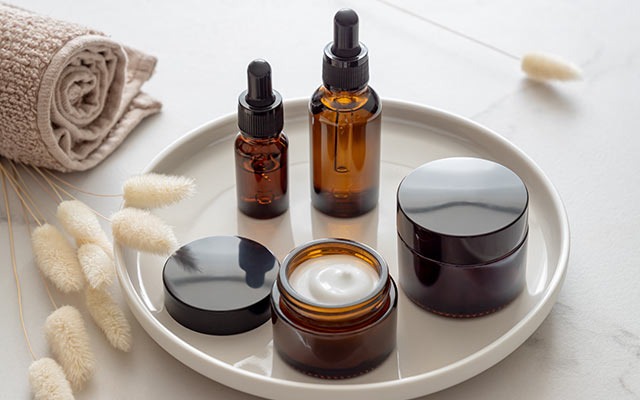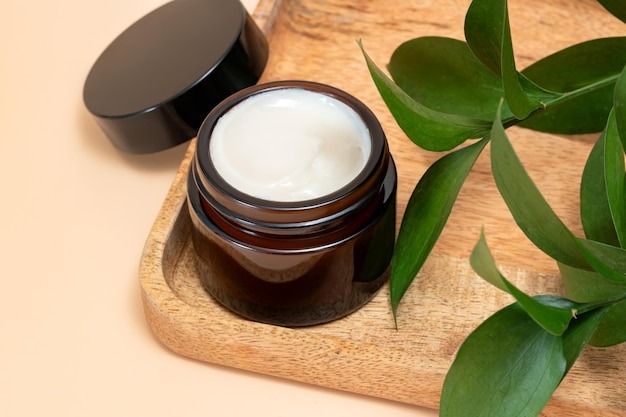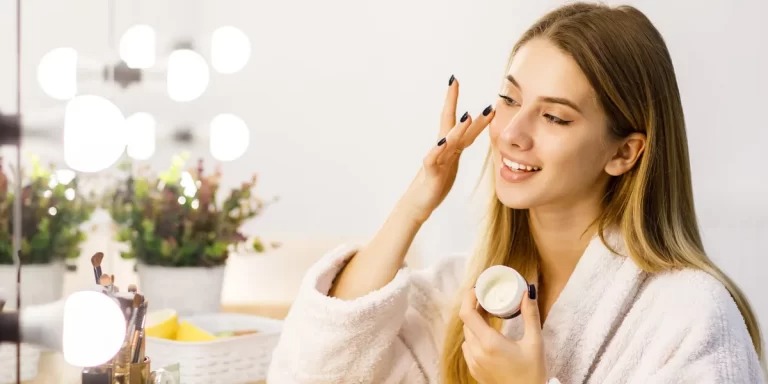In many homes, especially those leaning minimalist or practical, it’s common to find a single moisturizer sitting on the bathroom counter — used by mom, dad, teenagers, maybe even a toddler. The simplicity of a shared cream is appealing: fewer products, less clutter, and potentially some cost savings.
But skin isn’t one-size-fits-all. And when it comes to sharing skincare, especially creams, the decision isn’t just about convenience.
It’s about hygiene, skin compatibility, and long-term results.
Different People, Different Skin Needs

Even within the same family, skin types and needs vary drastically. What works wonders for one person may backfire on another.
Take a typical household: the father might have oily, resilient skin; the mother’s skin may be drier and more prone to irritation; a teenager battles breakouts; and a younger child has delicate, sensitive skin. A single cream attempting to serve all these conditions is almost certainly falling short somewhere.
Creams are formulated with specific concerns in mind — hydration, barrier repair, anti-aging, or acne control. That’s why dermatologists caution against the “one jar for all” approach unless the product is exceptionally neutral and basic.
Quick skin-type clashes to consider:
- Dry skin needs heavier emollients, which can clog pores on oily skin.
- Anti-aging creams may contain actives like retinol, which aren’t suitable for children or even some teens.
- Fragranced creams can trigger flare-ups in those with eczema or rosacea.
So while it’s tempting to streamline, treating skincare as truly personal care delivers better outcomes.
The Hygiene Factor: A Silent Risk
Beyond ingredients and compatibility, there’s the less visible issue: contamination. When creams are shared, particularly in jars, there’s an increased risk of microbial transfer.
Each time someone dips their fingers into a container, they may introduce bacteria, oils, or even viruses — especially if the cream is being used on broken skin or near mucous membranes.
This is especially problematic when:
- Someone in the household has acne or cold sores (HSV-1).
- A family member is sick and using the same cream around the nose or mouth.
- The product is stored in warm, humid bathrooms that encourage bacterial growth.
Small hygiene tweaks can go a long way:
- Use a clean spatula for scooping product.
- Avoid sharing jars; opt for pump or squeeze containers instead.
- Store products in cool, dry spaces with lids tightly closed.
It’s not about being overly cautious — it’s about minimizing avoidable skin issues.
Balancing Convenience with Customization

Shared creams offer undeniable convenience, but that doesn’t mean everyone needs to compromise. There are ways to combine practicality with personalization without turning your bathroom into a cosmetics aisle.
One of the easiest solutions? Designate individual containers while using the same base cream. For example, a gentle, fragrance-free moisturizer could be split into several labeled pump bottles. Each family member gets their own — hygiene is maintained, and no one’s skin is left behind.
To make it simple and even a little fun, consider decorating those containers with custom stickers. Personalizing skincare bottles not only keeps things sanitary but avoids mix-ups and gives each user a sense of ownership over their routine.
It’s a smart, budget-friendly compromise that still respects everyone’s individual skin needs.
When a Shared Cream Makes Sense
There are scenarios where sharing a single cream is not only acceptable but practical. In particular, products that are mild, non-active, and formulated for universal skin types can serve a whole family safely.
For example:
- A basic ceramide-based moisturizer (often recommended for repairing the skin barrier).
- Fragrance-free lotions without alcohol, acids, or essential oils.
- Creams labeled “family-safe” or “dermatologist-tested for all ages.”
These kinds of products are often seen in pediatric or family-oriented skincare lines. They’re stripped of triggers and can deliver reliable hydration without overcomplicating the process.
Still, it’s worth noting: even gentle products should be patch-tested, especially if a child or teen has never used them before.
Active Ingredients: Handle with Care

Trouble often arises when the shared cream isn’t basic — but packed with actives meant to treat specific concerns. This is where boundaries should be clear.
Avoid sharing creams that contain:
- Retinoids or Retinol – potent and often irritating to young or sensitive skin
- Exfoliating acids (like AHAs, BHAs) – increase sun sensitivity and can disrupt the skin barrier
- Brightening agents like vitamin C or niacinamide – great for adults, but may not suit kids or those with reactive skin
In these cases, the rule should be simple: if it has a treatment purpose beyond basic hydration, keep it individual.
Families on a Budget: Sharing Done Right
Many families choose to share skincare because of budget constraints — and that’s completely valid. High-quality skincare isn’t always cheap, and buying multiple specialized products can feel excessive.
So how do you make the most of your skincare budget while still doing right by everyone’s skin?
Smart tips:
- Buy large containers of trusted basic moisturizers (CeraVe, Vanicream, etc.).
- Use spatulas or pump bottles to distribute product hygienically.
- Decant into smaller bottles and personalize them — this improves both hygiene and satisfaction.
- Keep targeted treatments (like acne cream or anti-aging serums) personal, even if the moisturizer is shared.
It’s about investing in the right products — not the most products.
Don’t Forget: Babies and Teens Have Special Needs

Certain family members require extra attention. Baby skin, for example, is thinner and more permeable than adult skin. It absorbs more, reacts faster, and is more vulnerable to irritation.
Even teens need tailored care. Hormonal shifts can make them more prone to acne or oiliness, and heavy creams designed for mature skin could clog pores and cause breakouts.
Golden rule: what’s fine for mom or dad isn’t necessarily fine for the youngest or the eldest.
If in doubt, opt for pediatric-approved products for babies and teens should ideally have their own acne-friendly routines — even if it’s just a separate face cream.
Final Verdict: Can a Family Share the Same Cream?
Yes — but with clear boundaries. Shared skincare works when:
- The cream is basic, neutral, and fragrance-free.
- It’s dispensed without direct contact (spatula or pump).
- Active treatments remain personal and aren’t casually shared.
- Products are labeled and separated, even if they’re from the same jar.
Skincare is self-care. It doesn’t have to be complicated — but it should be considered. If a shared cream simplifies life, great — just make sure it respects each person’s unique skin.
Because healthy skin isn’t about the fanciest products. It’s about consistency, cleanliness, and just a little personalization — even if that means slapping on a cute custom sticker to mark what’s yours.

